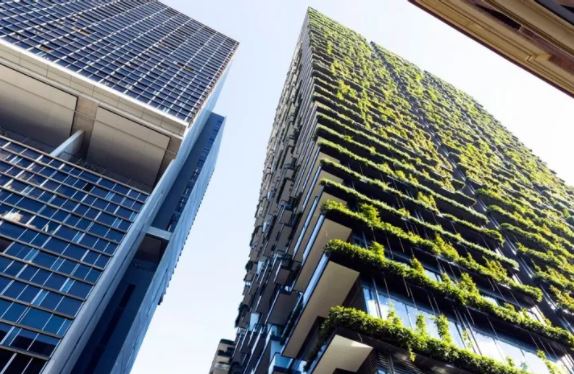Commercial landlords are being pressed to “dig deep” in the crawl to a long haul recovery, as heightened leasing perks are forecast to hit a record 39 per cent by the end of 2021.
Leasing incentives are projected to tip into next year—nearing a 40 per cent rise from 2020 year-on-year.
Hybrid working trends and unprecedented levels of subleasing stock have pushed incentives to levels not seen since the early 90s, according to CBRE senior research analyst Nick Baring.
Vacancy rates are poised to hit short of 12 per cent by the final quarter of 2021, a 45 per cent rise from January this year.
In response to the threat of long-term vacancies, institutional landlords are marketing free rents, contributions to fit-outs and early access to garner quality tenants. Private landlords will mostly feel the pinch, competing with minimum financial resources to remain competitive.
It is unlikely incentives will decline in Melbourne’s CBD until at least the first quarter of next year, while Melbourne’s metropolitan landlords won’t experience relief until the second and third quarters of 2022.
At the start of 2019, prime real estate in Melbourne’s CBD commanded $480 per sq m, dropping three per cent for the same period in 2020.
Rents further declined by 12 per cent at the start of 2021 to $404sq m, and a three per cent fall is expected by the end of this year, according to the CBRE research.

▲ Vacancy rates are poised to hit short of 12 per cent by the final quarter of 2021, a 45 per cent rise from January this year.
JLL head of research Andrew Ballantyne said that while the numbers remain negative, there’s been green shoots amid the “re-establishment” of the market.
“We are now seeing inquiries and activity picking up from smaller users particularly organisations within the 500 to 600 sq m space.”
The Victorian head of CBRE’s office occupier team Angelo Pavenello suggests leasing in the 600sq m size range is not as popular with tenants compared to larger 1,000sq m spaces.
Spaces with packaged fit-outs remain top of the leaderboard—encouraging landlords to consider upgrading their office spaces to avoid high incentives in the long term.
Recent JLL research suggests the future of workplaces will need to become employee-led, introducing informal spaces in the office environment to enhance peak performance.
Outdoor terraces, on-site cafes, and social break-out areas are some of these which will make work feel more like home.
“As companies look to invest more in supporting hybrid teams, building owners have a great opportunity now to refresh their assets and develop more holistic programming of spaces, and sustainable lifestyle offering to occupiers,” JLL workplace strategy director Sonya Alexander said.
On the journey to recovery, businesses have progressed with completing internal space reviews and implementing strategies to steer employees back to work.
Article Source: www.theurbandeveloper.com
from Queensland Property Investor https://ift.tt/3q47GTq
via IFTTT